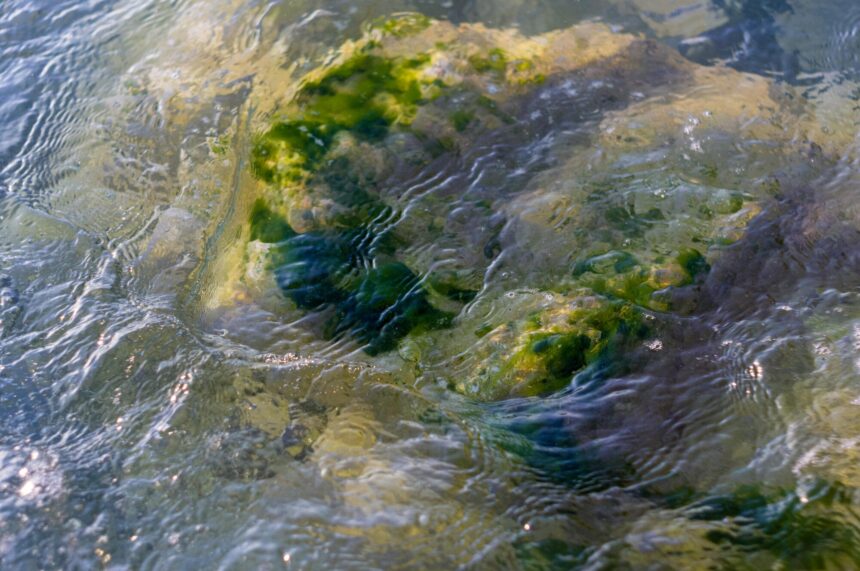Aquatic Organisms, from vast oceans to tranquil freshwater lakes, host a remarkable diversity of life. These organisms, ranging from microscopic plankton to massive whales, have evolved unique adaptations to thrive in their watery habitats. Let’s explore some of these fascinating adaptations that enable aquatic creatures to survive and flourish.
Physical Adaptations
Aquatic creatures exhibit various physical adaptations to thrive in their environments. Fish have streamlined bodies that reduce water resistance, allowing them to swim swiftly. Many marine animals have specialized gills for extracting oxygen from water.
Some species, like the octopus, have developed the ability to change colors for camouflage. Seals and whales have thick layers of blubber that provide insulation in cold waters. Certain fish possess swim bladders which help them maintain buoyancy.
Check information about coralline algae to learn about their hard, calcified structures which provide protection. Another interesting adaptation is the suction cups on the tentacles of squids and octopi, aiding in grasping and holding onto surfaces.
Sensory Adaptations
Aquatic organisms have special senses to help them live in water. Fish have a lateral line that feels vibrations in the water. This helps them find food and avoid danger. Some fish, like sharks, can sense electric fields. This helps them locate prey. Many aquatic biodiversity has large eyes to see better in the dark water.
Some, like dolphins, use echolocation. They send out sounds and listen for the echoes. This helps them find objects and navigate. Other animals, like crabs, have feelers. They use these to touch and taste things in their environment.
Behavioral Adaptations
Marine organisms change how they act to live in water. Fish swim in groups called schools. This helps them stay safe from bigger fish. Some marine organisms move to warm waters in winter. Others, like crabs, hide under rocks to stay safe.
Octopuses squirt ink to get away from danger. Many marine organisms look for food at night when it is dark and safe. Whales swim long distances each year to find food. These actions help marine organisms survive.
Reproductive Adaptations
Aquatic creatures have special ways to reproduce. Many fish lay thousands of eggs. This increases the chance that some will survive. Some fish, like salmon, travel long distances to lay their eggs in safe places. Sea turtles come ashore to lay their eggs in the sand.
Once hatched, the young turtles head to the ocean. Some marine animals, like seahorses, are unique. The male seahorse carries the eggs in a pouch until they hatch. Many whales give birth to live young and feed them milk.
Coral release eggs and sperm into the water at the same time. This is called spawning. Most aquatic plants, like seaweed, release spores to reproduce. These methods help ensure the next generation of marine life.
Learn All About Aquatic Organisms
In conclusion, Aquatic Organisms environments are home to many different creatures. These creatures have special ways to live, sense, act, and reproduce in water.
From fish with streamlined bodies to octopuses that squirt ink, each adaptation helps them to survive. The aquatic world is full of amazing and unique life that continues to be a source of wonder.
Did you find this article helpful? Check out the rest of our blog.














